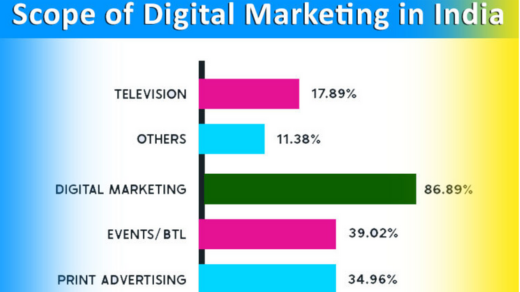There’s a quiet moment that comes for many business owners — maybe it hits over your third cup of coffee on a Monday morning, or late at night when you’re reviewing quarterly numbers for the hundredth time. That moment when you think, Where is this going? Is it time to double down and grow? Or maybe, just maybe, you’re wondering what it’d take to step away. Both paths require something we don’t talk about enough: planning that actually fits real life.
Let’s face it, most of us didn’t launch a business with an exit strategy taped to the wall. We bootstrapped, hustled, learned on the fly. But whether you’re thinking about expanding or exiting, the foundation is the same: understanding the true value of what you’ve built and shaping a strategy around it.
Scaling Smart, Not Just Scaling Fast
Growth is intoxicating. It feels good to see your numbers climb and your team expand. But without a solid structure in place, growth can quickly become chaos. I’ve seen it too many times — businesses that chase opportunity without ensuring the engine behind it is strong.
This is where business growth planning steps in as more than a corporate buzzword. It’s about aligning your vision with measurable actions. Not just “Let’s grow 20% next year,” but How? What markets? What resources? What’s sustainable? True planning looks like hiring the right people, setting up systems that don’t rely on you being in 10 places at once, and knowing which levers drive profit — not just revenue.
Sometimes, it also means knowing when not to grow. That’s not failure. That’s clarity.
Don’t Wait Until You’re Burned Out to Think About Exiting
Most owners wait too long to prepare for a potential exit. That’s understandable — exiting your business feels like admitting it might one day not be yours. But avoiding the conversation doesn’t delay the future. It just makes it harder.
Enter business exit readiness tools — your best ally if you want options down the road. These aren’t just spreadsheets or checklists. They’re frameworks that help you take a step back and objectively assess: Is my business attractive to a buyer? Could someone else take the reins without everything collapsing? Is the documentation in place? Are the financials clean? Could I explain our operations in a way that doesn’t revolve around “just trust me, it works”?
The earlier you start, the more leverage you have — not only in selling, but even in choosing not to sell. Readiness = power.
Value is More Than a Number
Business valuation is often boiled down to a formula, but numbers alone don’t tell the full story. I’ve talked with owners who were shocked — shocked — when they realized their seemingly successful business had far less resale value than they expected. Why? Because everything depended on them.
The magic lies in business value optimization strategies. These strategies go beyond “increase profit margins.” They get into the weeds of your operations — from diversifying client concentration to building recurring revenue streams to documenting your processes so your company isn’t owner-dependent. It’s about making your business transferable, not just profitable.
And yes, these strategies also help if you decide to keep growing instead of selling. After all, a valuable business is also a more scalable one.
The Human Side of Strategic Decisions
Behind every spreadsheet and strategy session is a human being — probably you — who built something meaningful. Maybe you’re tired. Maybe you’re excited. Maybe you’re unsure whether to push forward or let go. Wherever you are, you deserve better than reactive decisions made in a rush.
Planning — real, intentional, human-centered planning — gives you time. It gives you options. And whether you’re in it for another 10 years or dreaming of passing the torch, you’ll rest easier knowing your business isn’t just functioning. It’s prepared.
This stuff isn’t glamorous. But it is empowering. It’s not about “selling out” or “going big.” It’s about building something that stands on its own, whether you’re around or not.
Final Thought
You don’t have to figure it all out today. But start asking the questions. How can I grow without breaking what works? What would it take to step away with pride — and a fair price? How can I make my business stronger, smarter, and more independent?



